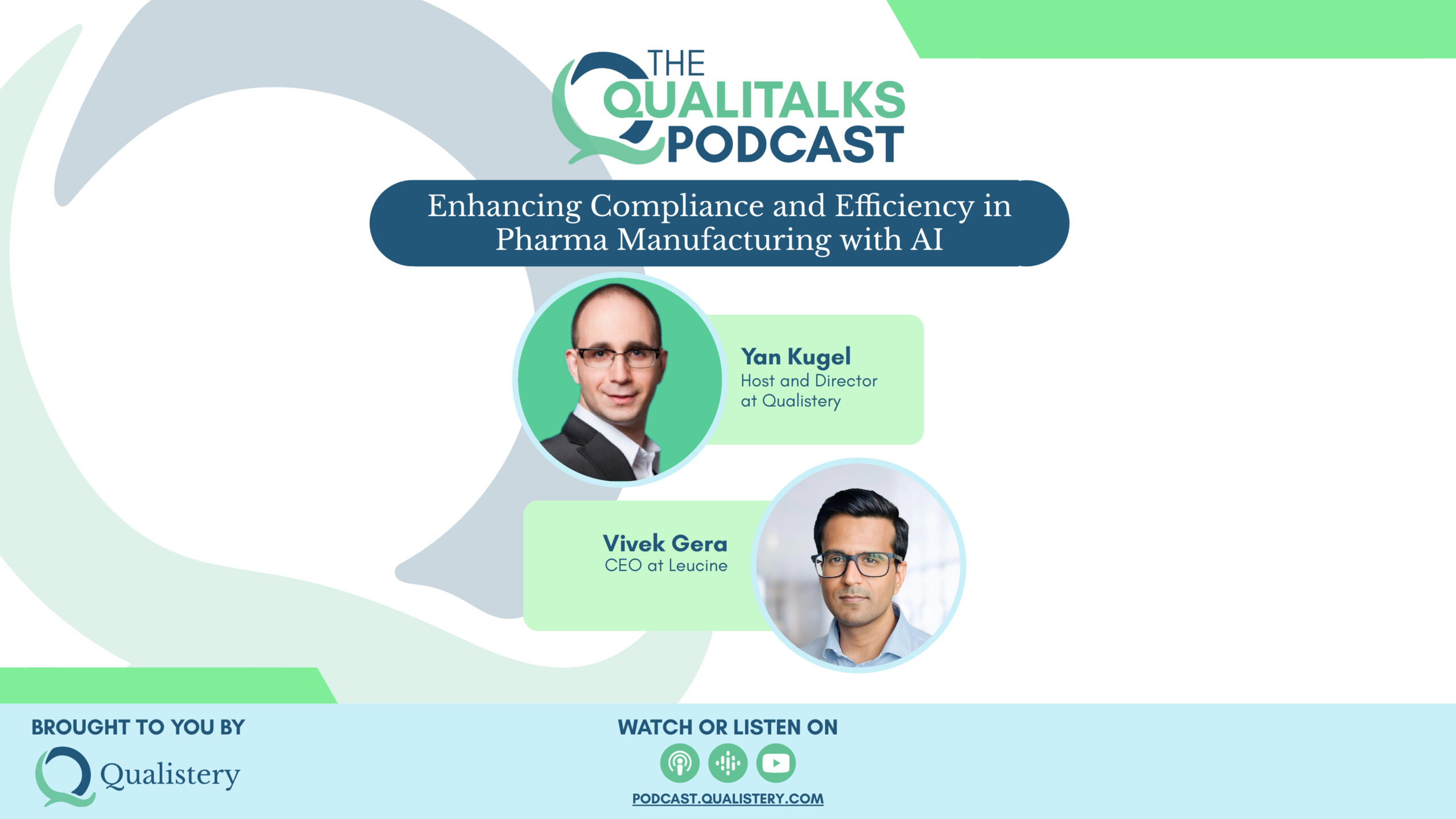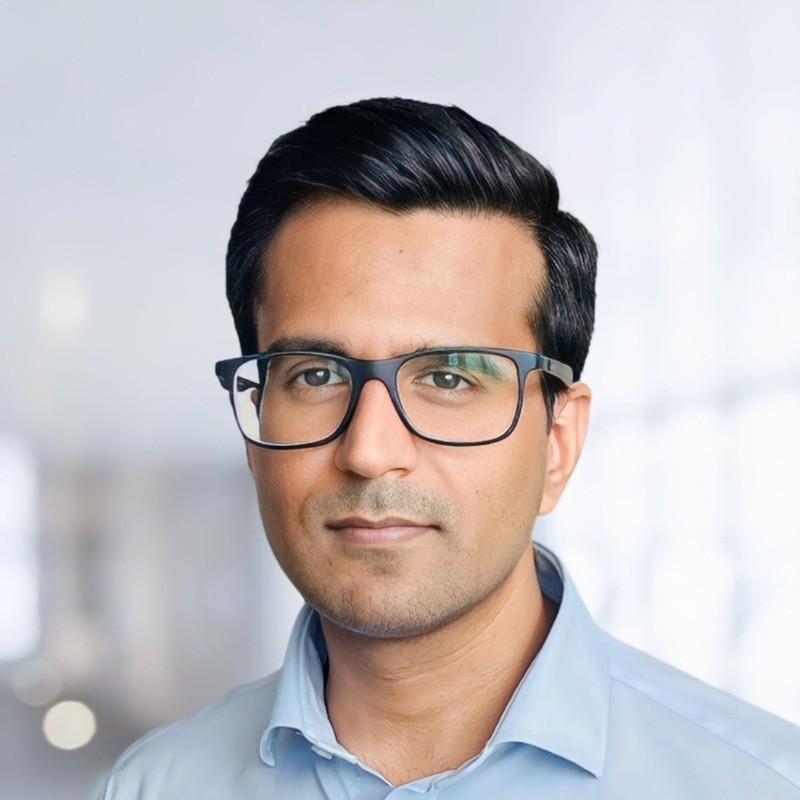Revolutionizing Temperature Control in Pharma [Jakob Konradsen]
Jakob Konradsen, the co-founder and head of quality at Eupry emphasized the importance of data integrity and advanced statistical analysis in the pharmaceutical industry. He discussed the challenges related to […]



